Fascinating Facts About Early Humans You Probably Didn’t Know
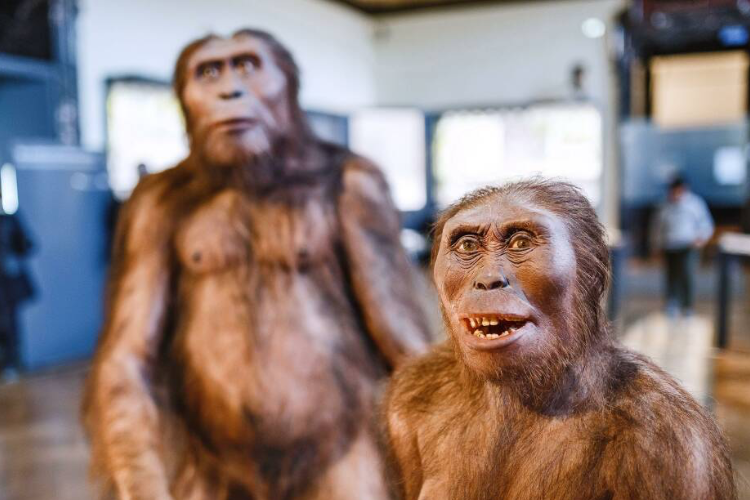
The history of humankind is a complex and fascinating subject that has yet to be fully understood despite our recent advancements in genetic and fossil research. With so much time passed, extracting answers from our early human ancestors has proven to be quite challenging.
There is still much that anthropologists don’t know about our origins, but likely a lot more than what you learned in biology class. With that said, here are some fascinating ancient humans facts that you probably didn’t know…
Neanderthals Weren’t Stupid
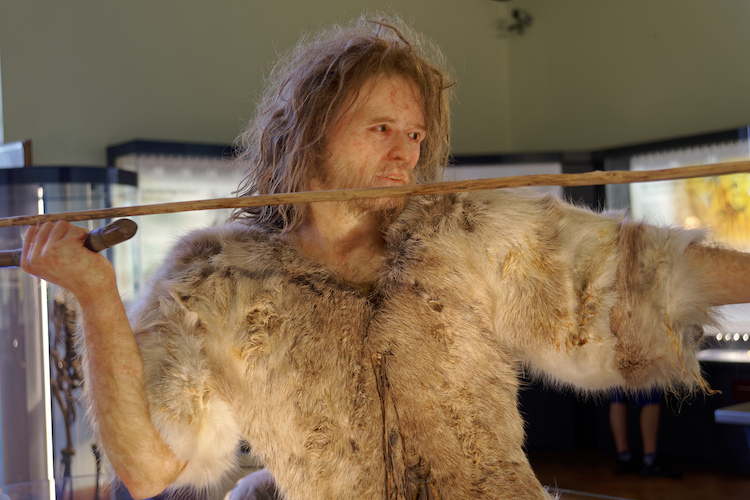
The term “Neanderthal” is often used as an insult in popular culture. However, Neanderthals were actually quite sophisticated, with evidence suggesting they were skilled in tool making, communication, and artistic expression through jewelry making and body painting.
In fact, studies have highlighted their creativity and thoughtfulness, showing that they even demonstrated empathy and emotional intelligence by caring for the sick and burying their dead. This understanding of Neanderthals challenges the outdated view that they were brutish and inferior to modern humans.
They Couldn’t See The Color Blue

The color blue – it’s such an ordinary color, but some scholars suggest that ancient texts might indicate that it was not commonly present in their natural surroundings as it is today.
Before the invention of artificial dyes, the colors found in the natural world were far less varied than they are today. As a result, ancient people didn’t have a word for the color blue because they simply saw it as an extension of the color green.
Real-Life Hobbit Humans
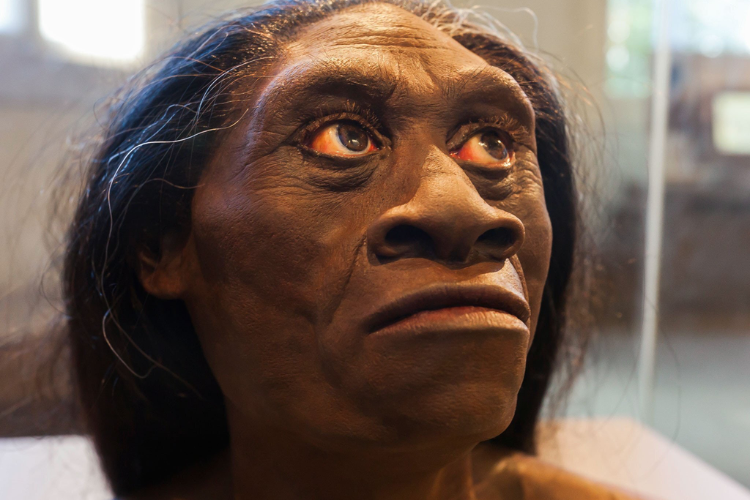
Who would have thought that hobbits actually once walked the earth? Homo floresiensis, also known as the “Hobbit” species, were a group of small-statured humans that inhabited Flores Island in Indonesia until about 50,000 years ago.
They were given the nickname “Hobbits” due to their small size and brain. Two skeletons that have been found measured 3 ft 6 in and 3 ft 7 in, respectively. Although it is unclear why they went extinct, scientists believe that their demise may have been influenced by the arrival of Homo sapiens in the area.
They Bred With Other Early Human Species
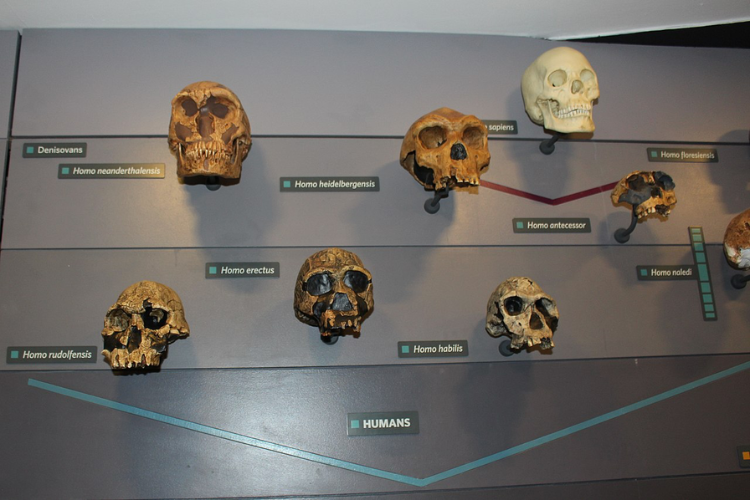
As modern humans began their migration out of Africa nearly 100,000 years ago, they encountered other early human species and interbred. Neanderthals, who were already living in and around the Middle East, were one of the species that modern humans mated with. There is also evidence to suggest that Homo erectus, the Denisovans, and possibly others were also interbred.
The full extent of genetic mixing remains unknown, but it is clear that several early human species mated with one another, resulting in the genetic diversity necessary for our species’ survival. Today, some people even have small traces of DNA from these early human species, which is pretty cool to think about.
They Spoke A “Photo-Human” Language

The origin of language is a hotly debated topic among anthropologists and linguists. It is believed that a “Proto-Human language” existed around 200,000 years ago, when *Homo sapiens* first appeared. While some linguists try to reconstruct this protolanguage, others consider it a controversial and fringe science.
Complicating matters further, another school of thought asserts that rudimentary speech might have existed for millions of years, suggesting that early humans likely possessed some form of speech capacity to effectively transmit their knowledge of toolmaking through generations.
Their Teeth Was Like An Extra Hand
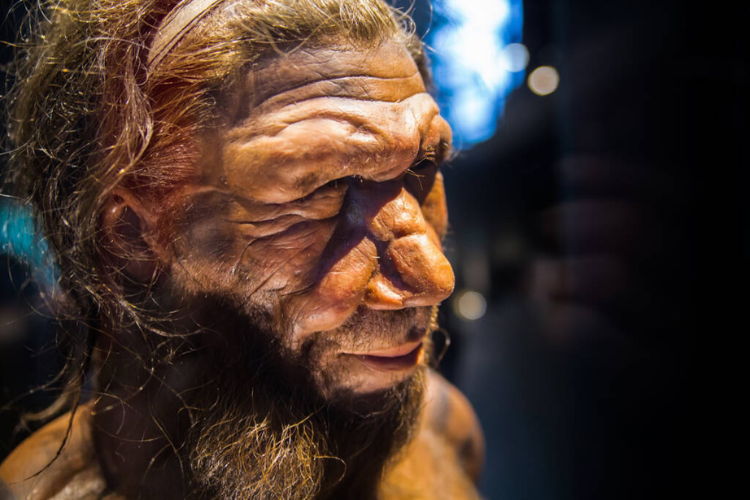
Neanderthals exhibited a distinct physical appearance compared to their Homo sapiens counterparts, characterized by unique attributes. Notably, their sizable front teeth played a multifunctional role, often serving as an additional tool for tasks such as food preparation and other activities, a fact supported by the presence of scratch marks on their dental remains.
They also had a prominent brow ridge, a lengthier skull, and a broad, substantial nose that likely facilitated their adaptation to colder environments. Their stature tended to be shorter, their build more robust, and their musculature more pronounced than that of Homo sapiens.
Cooking Changed Human Evolution

Somewhere along the timeline of human evolution, a transition occurred from consuming raw food to adopting the practice of cooking. This shift in culinary behavior likely yielded enhanced efficiency, reducing the time required for food gathering and digestion.
As a result, early humans could afford a more streamlined digestive system, channeling additional energy into the expansion of their brain capacity. Beyond the dietary advantages, fire also supplied warmth in colder environments but also served as a defense mechanism against predators, contributing significantly to our survival strategies during those ancient times.
Multiple Human Species Coexisted
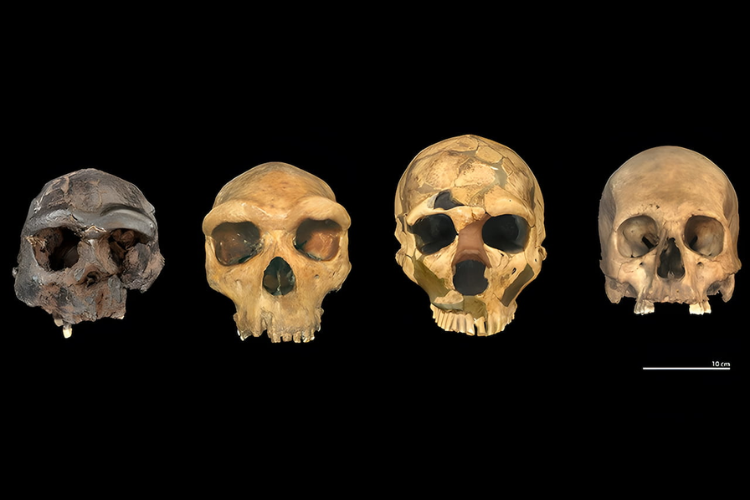
During a certain period, Homo sapiens coexisted with Neanderthals. However, it may surprise you to learn that approximately 300,000 years ago, a remarkable array of nine human species shared the Earth simultaneously.
Among them were Homo sapiens, Neanderthals, Denisovans, Homo erectus, Homo rhodesiensis, Homo naledi, Homo luzonensis, Homo floresiensis, and the Red Deer Cave people, each populating different regions across the globe. Considering that only Homo sapiens persist today, what fate befell the remaining eight species? You’ll find out on the next slide…
Why Other Species Went Extinct

Around 10,000 years in the past, the remaining eight human species vanished from existence. Curiously, no distinct environmental indicators, such as significant volcanic eruptions or drastic climate shifts, could account for their disappearance. So, what transpired to bring about their extinction? The answer lies with our own species.
In the most plausible narrative, the remarkable population surge of Homo sapiens triggered intense rivalries for essential resources and territories among these various species. Eerily echoing patterns seen throughout modern human history, we were not immune to employing warfare and aggression as means to secure our interests.
When They Started Wearing Clothes
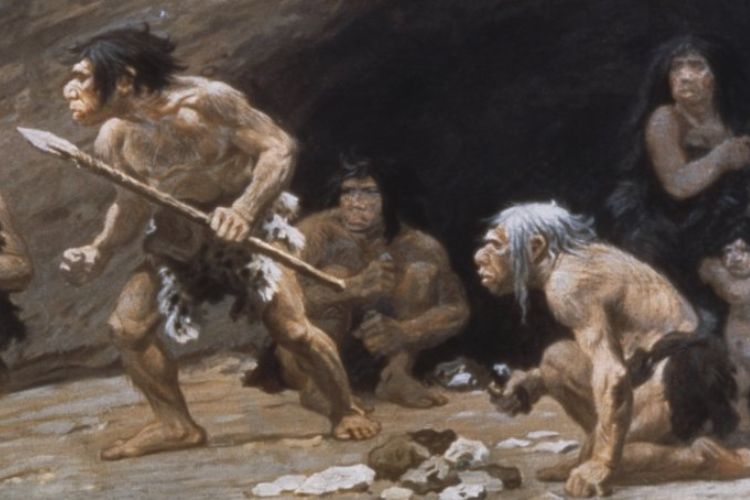
When did our predecessors make the pivotal choice to adopt clothing? According to scholars from the University of Florida, this transition likely occurred around 170,000 years ago, a considerable 70,000 years prior to their migration to colder regions.
Intriguingly, studies propose that humans commenced wearing garments well after the loss of their body hair, a transformation that took place at least 1 million years ago. This implies a prolonged era during which they existed without either hair or clothing.
Our Hands Evolved For Better Fist Fighting
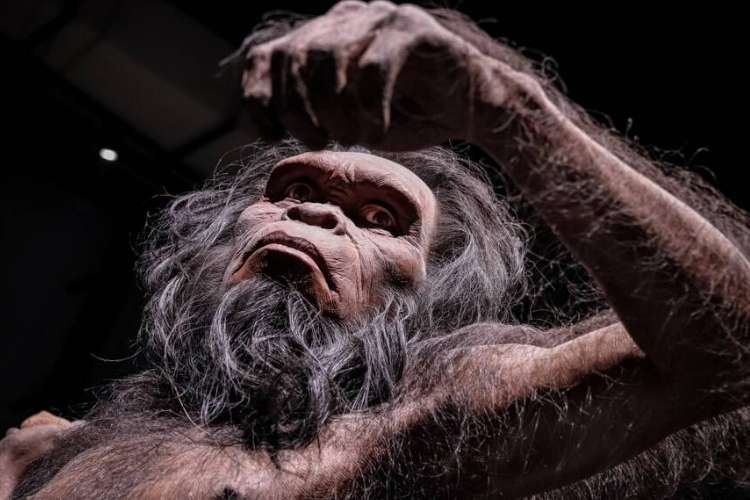
While one might assume that the evolution of our hands primarily aimed for improved dexterity and more effective hunting and gathering, research has proposed an unexpected twist: human hands might have developed to enhance our prowess in physical combat. This isn’t a joke.
A study in the Journal of Experimental Biology found that a closed-fist strike and an open-handed slap generate similar force, but the former may be safer for the fingers. Evolutionary Biologist David Carrier, a co-author of the study, also suggested that our move to walking on two legs may have been influenced by a desire to deliver stronger punches. He said, “We are part of a relatively aggressive group of mammals.”
There Were Many Species Of Early Humans
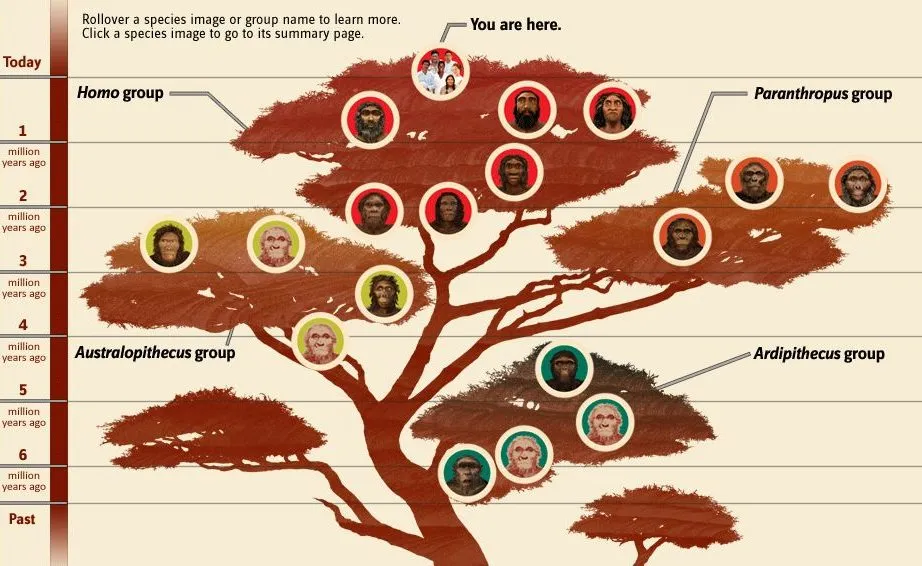
While we touched upon a selection of human species in preceding slides, you might not be aware that a multitude of additional ones continue to be unearthed by researchers. As of 2022, the consensus among the scientific community, acknowledged by the Smithsonian National Museum of Natural History, identifies 21 species.
However, the intricacy of our history is such that many populations are believed to have existed transiently without leaving tangible traces. (And truthfully, have you ever examined a genealogical family tree of hominins? It’s a surefire way to invite a swift headache.)
Humans Were Fire Experts For Million Of Years

Much like several other entries on this roster, the precise duration during which humans have purposefully harnessed fire for their advantage remains a subject of contention among scholars.
Nevertheless, a considerable consensus among experts suggests that Homo erectus might have wielded some influence over fire as early as 1 million years ago. Concrete evidence supports the notion that modern Homo sapiens have enjoyed widespread mastery of fire for a minimum of 125,000 years.
They Climbed Up A Freshly Erupted Volcano

The idea of venturing close to an active volcano is something most of us wouldn’t even consider, yet around 350,000 years ago, that’s precisely what Homo heidelbergensis, a direct precursor of the Neanderthal lineage, did.
In 2020, researchers released a study examining footprints discovered within a layer of ash and pumice along the slopes of Italy’s Roccamonfina Volcano in the southern region of the country. These footprints indicated that early humans climbed mountainside days, possibly while hunting and a few days after the volcanic eruption.
Humans Today Can Be Traced Back To One Woman

“Mitochondrial Eve” stands as the most recent shared forebearer of every present-day human. Scientific consensus places her existence approximately 170,000 years ago, presumably within the confines of southern Africa. Contrary to the implications of her title, the name Eve doesn’t designate her as the initial woman to inhabit the Earth.
Instead, Eve represents the most recent female from whom all descendants possess an uninterrupted lineage passed through their maternal ancestry, generation after generation. This translates to the fascinating realization that all of us are interconnected in our ancestral origins.
We Only Have Culture For About 50,000
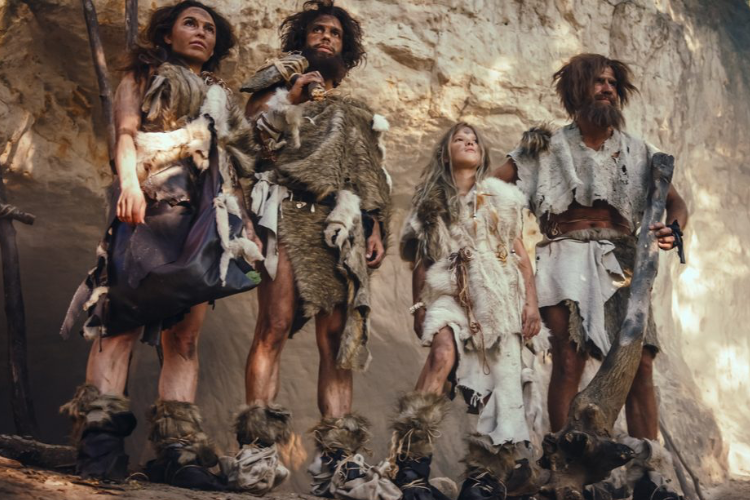
Scholars posit that the Upper Paleolithic epoch, spanning from 50,000 to 12,000 years ago, marks the era when humans embarked on modern behaviors. This transformative phase ushered in elements such as intricate cave art, structured settlements, the practice of fishing, and the establishment of intricate social networks.
Essentially, it was during this epoch that humans originated the very facets that imbue our lives with value in the present day. Had this epoch never unfolded, the contours of our world would likely bear a striking dissimilarity to the reality we experience today.
A Volcanic Eruption Reduced Early Human Population

Around 74,000 years in the past, one of the most colossal volcanic eruptions in Earth’s annals unfolded, resulting in a drastic reduction of the human population. This eruption transpired at Indonesia’s Mount Toba, instigating a volcanic winter that persisted for six to ten years.
This extreme climatic phenomenon, in turn, is believed to have triggered a constriction in human evolution approximately 70,000 years ago. To underscore the magnitude of this cataclysmic event, Homo sapiens’ overall populace plummeted from roughly 300,000 individuals to a mere 3,000 to 10,000 survivors.
Early Humans Were Very Social
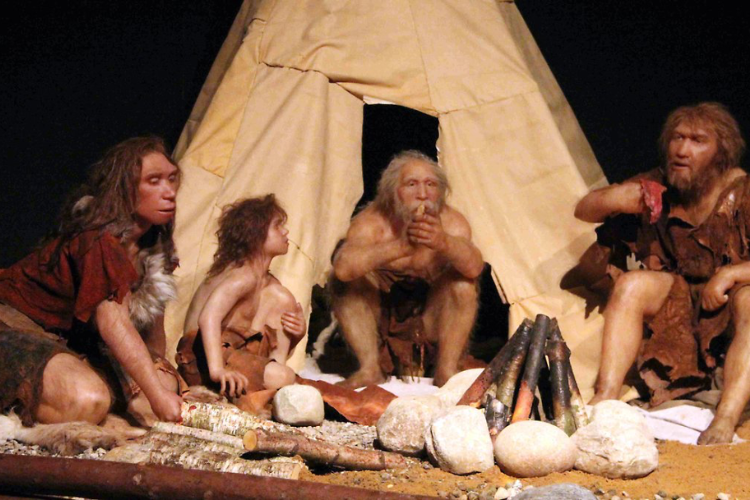
Engaging in social interactions became a pivotal factor in enhancing the prospects of survival for early humans. As our brains underwent a trajectory of expansion, becoming larger and more intricate, their optimal development demanded progressively greater nurturance.
Consequently, these ancestral humans initiated the establishment of social ties and communal structures. They began the practice of nurturing infants, forging connections within their communities, and fostering the sharing of essential resources like food and tools.
How Old Was The Earliest Figurative Art In The World
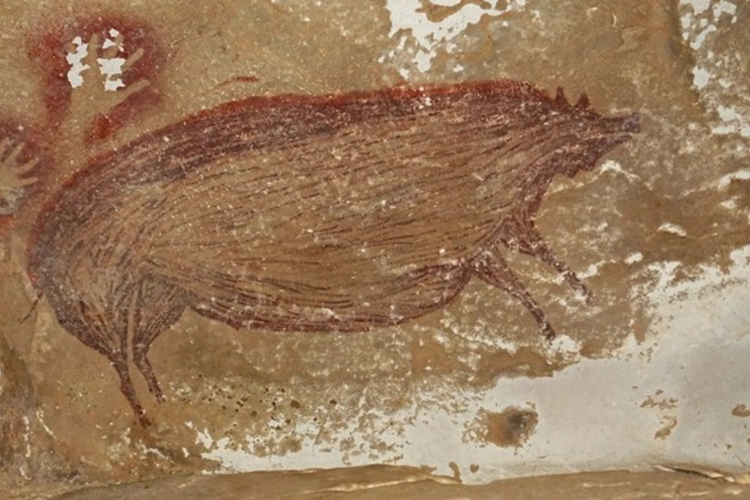
As of a revelation in 2021, evidence places the origins of cave paintings at a minimum of 45,000 years ago. This pioneering artistic expression materialized in the form of three pig depictions executed using ochre pigments. These enigmatic artworks adorn the interiors of Leang Tedongnge Cave situated on the island of Sulawesi, Indonesia.
Although the practice of etching abstract patterns onto shells and bones by hominins has been acknowledged for hundreds of thousands of years, this particular discovery has earned recognition from anthropologists as the most ancient recognized example of figurative art worldwide.
We Were Never A Peaceful Specie

Certain specialists have contended that contemporary warfare and conflict arise from cultural influences rather than inherent human nature. Nevertheless, indications propose that violence is an ingrained element of our genetic makeup, persisting throughout history.
For instance, our understanding now encompasses the presence of warfare and weaponry within primitive societies, with violence emerging as a predominant cause of mortality among males. This raises a philosophical question: if we know violence is wrong, why are we still drawn to it? This invites self-reflection.
It Is Possible Neanderthals Could Speak
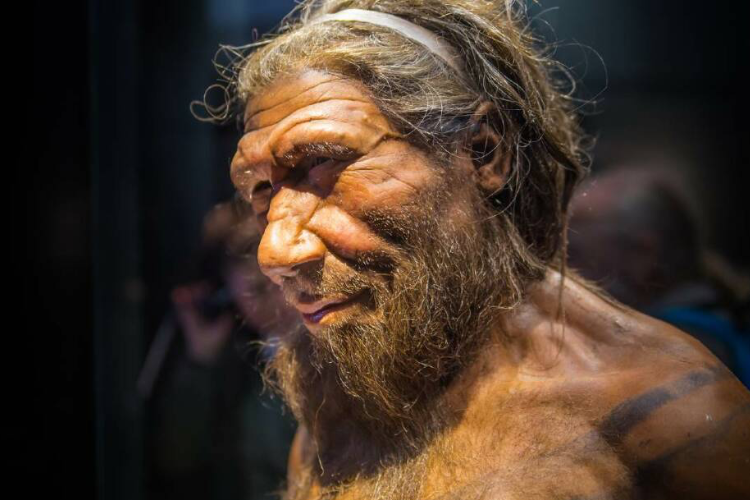
Currently, anthropologists remain uncertain about whether Neanderthals possessed comparable sophisticated linguistic capabilities to their Homo sapiens counterparts. This uncertainty arises due to the limited preservation of voice box tissue in the archaeological record.
Nonetheless, it is established that their vocal and auditory anatomical features closely resembled ours, implying that they likely shared similar hearing capabilities. Furthermore, their intricate social interactions indicate that they probably possessed some level of communicative ability, allowing them to engage in spoken exchanges among themselves.
Our Ancestors Left Us A Totally Useless Muscle
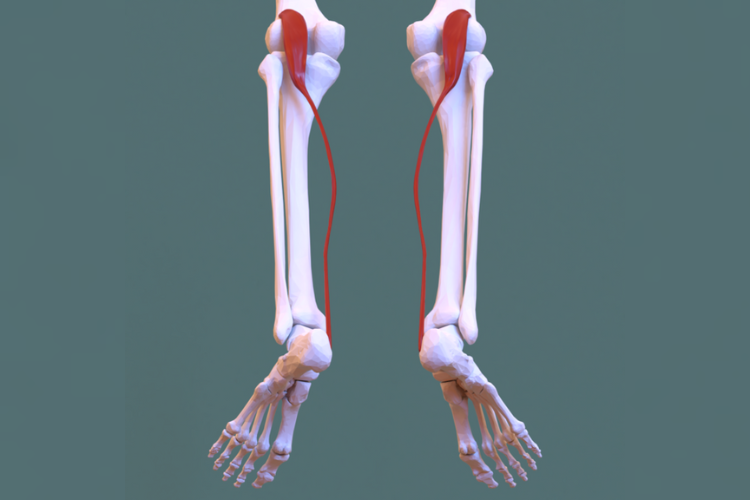
The plantaris muscle, situated in the legs and absent in around 8-12 percent of individuals, stands as a fascinating vestige from our ancestral past. This was initially used by early hominids to aid in grasping objects using their feet.
However, this muscle became functionally redundant during the transition from arboreal lifestyles to bipedalism. In modern times, surgeons occasionally repurpose the extended tendon of the plantaris for reconstructive procedures involving other body areas.
To Conserve Energy, Humans Became Bipedal
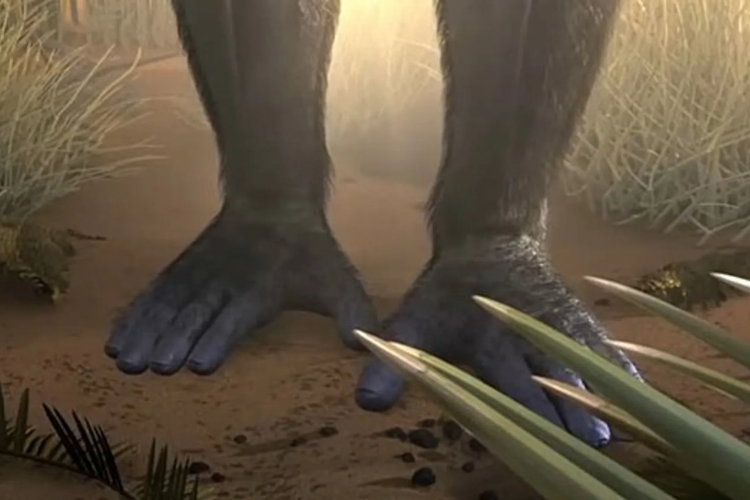
Scientists from the University of California conducted a study involving treadmill training for chimpanzees, yielding insights into our ancestors’ shift towards bipedalism. Their findings indicated that early humans likely adopted bipedal locomotion due to its significantly lower energy expenditure compared to moving on all fours.
To be precise, human upright walking consumes approximately 75 percent less energy than quadrupedal walking observed in chimpanzees. As discussed earlier, substantial energy conservation potentially played a role in enhancing our combat abilities, at least according to David Carrier’s perspective.
Skin Tones Changed Over Time
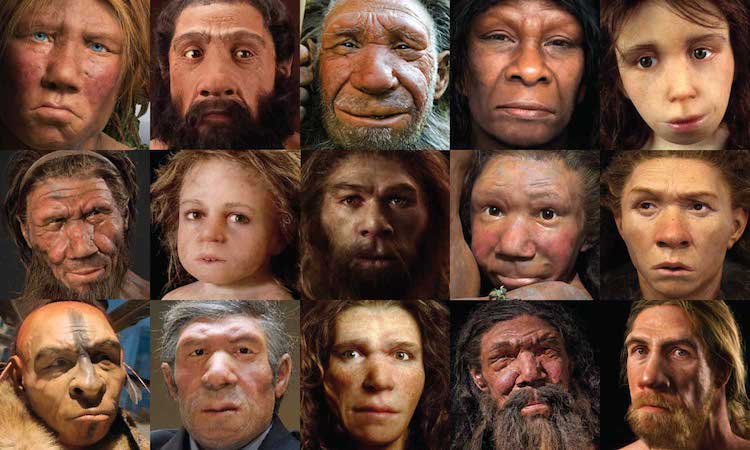
Subsequent to human migrations out of Africa, a gradual shift toward lighter skin tones emerged. Lighter skin evolved in regions with reduced UV light to efficiently synthesize vitamin D in response to varying UV light conditions, while people living in sunny areas developed more melanin, which protects them from sun damage.
Lightening of skin tones may have occurred due to the agricultural revolution’s impact on dietary habits. As diets shifted to include less vitamin D, early humans may have developed lighter skin to better produce the vitamin and counteract the deficiency.
We’re Constantly Evolving
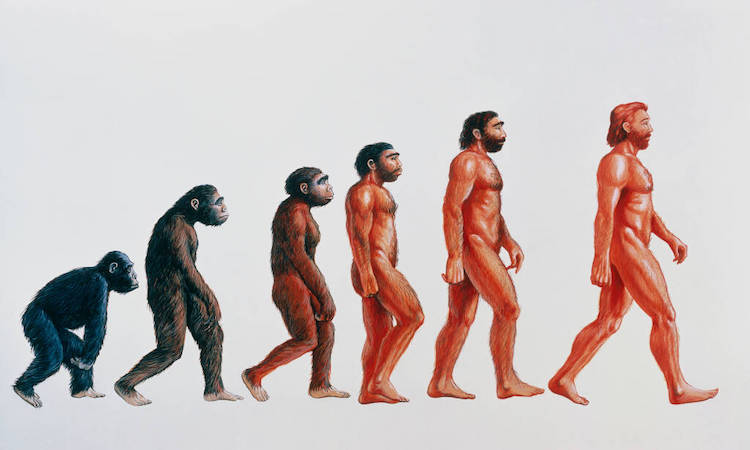
Similar to all other life forms on Earth, present-day humans are continuously undergoing evolution and adjusting to their environments. Even in the relatively brief span of Homo sapiens’ existence, our brain and body sizes have reduced, and our traits have diversified to suit the varying climates across the planet.
It prompts contemplation about our potential state in 20,000 years. Could we have integrated with technology to become cyborgs? Or might we have ceased to exist altogether by then? Only time can reliably tell us what our future holds.
